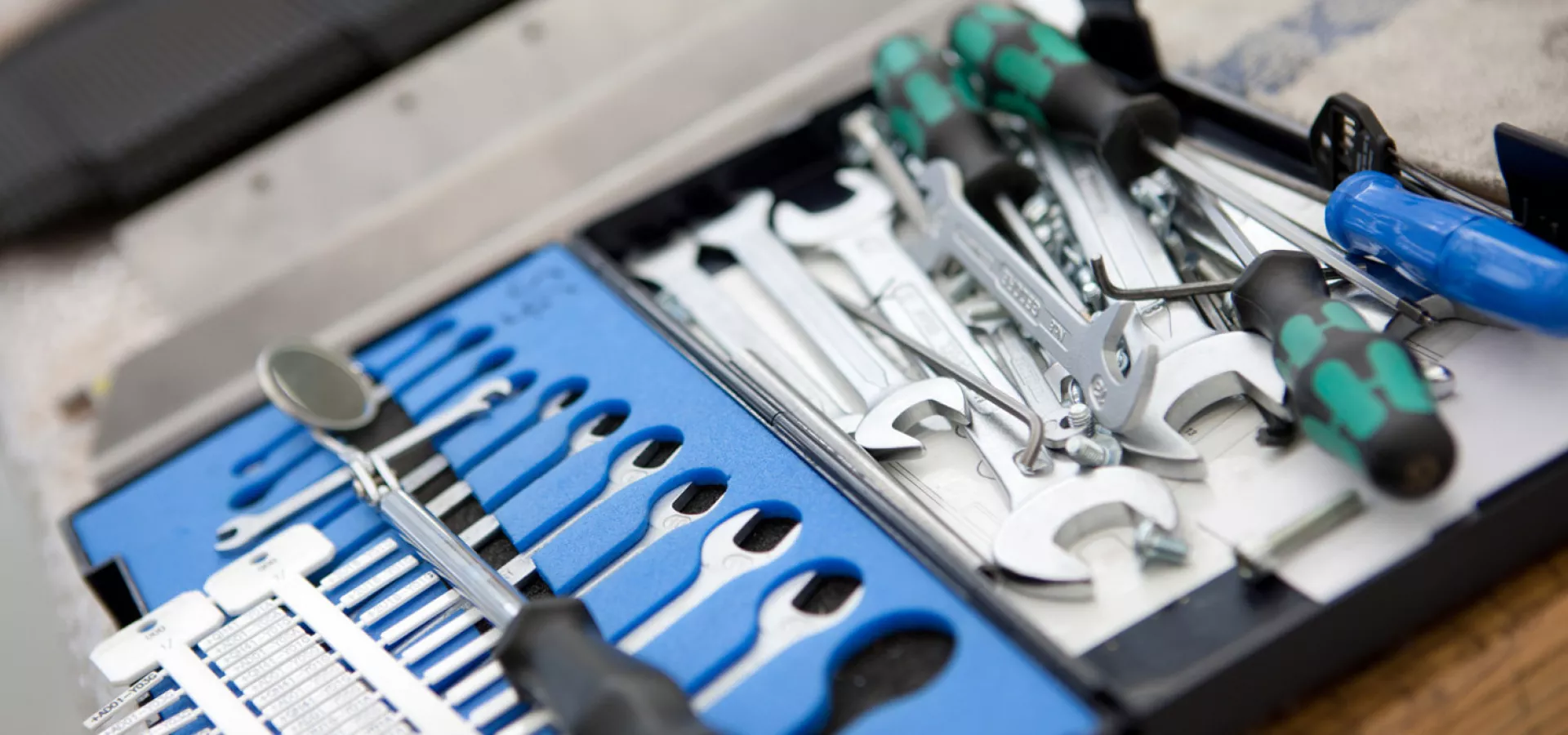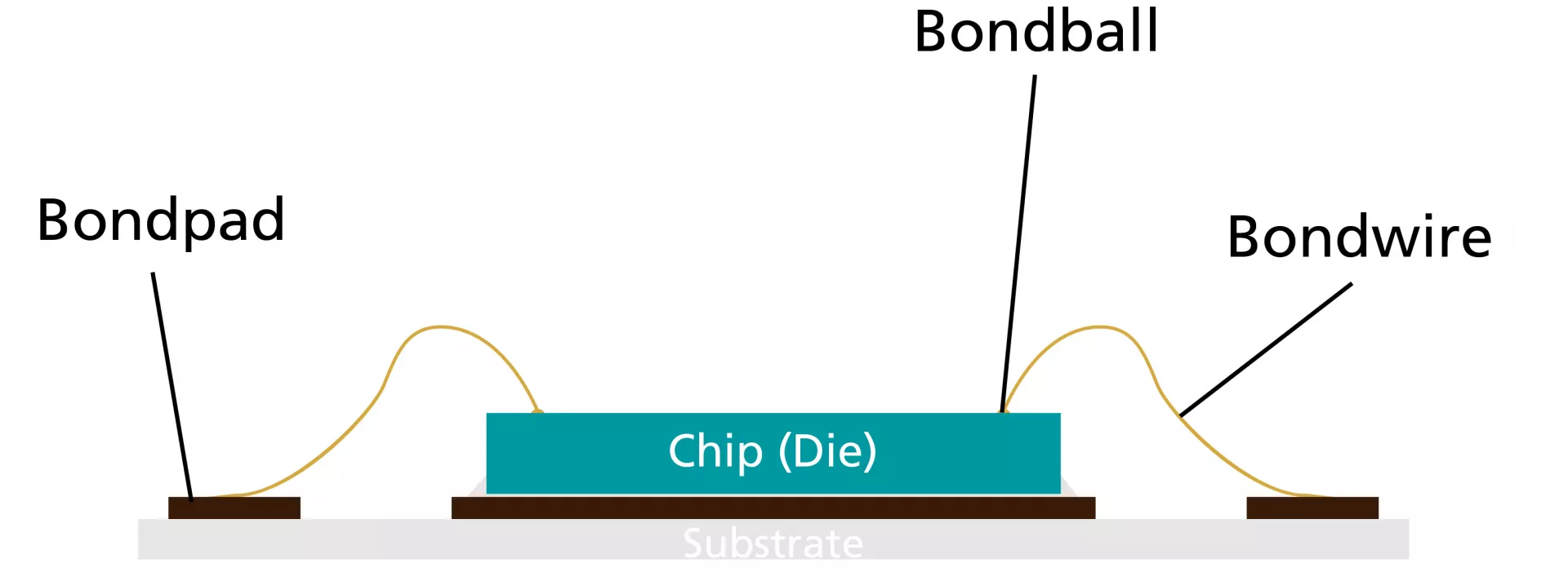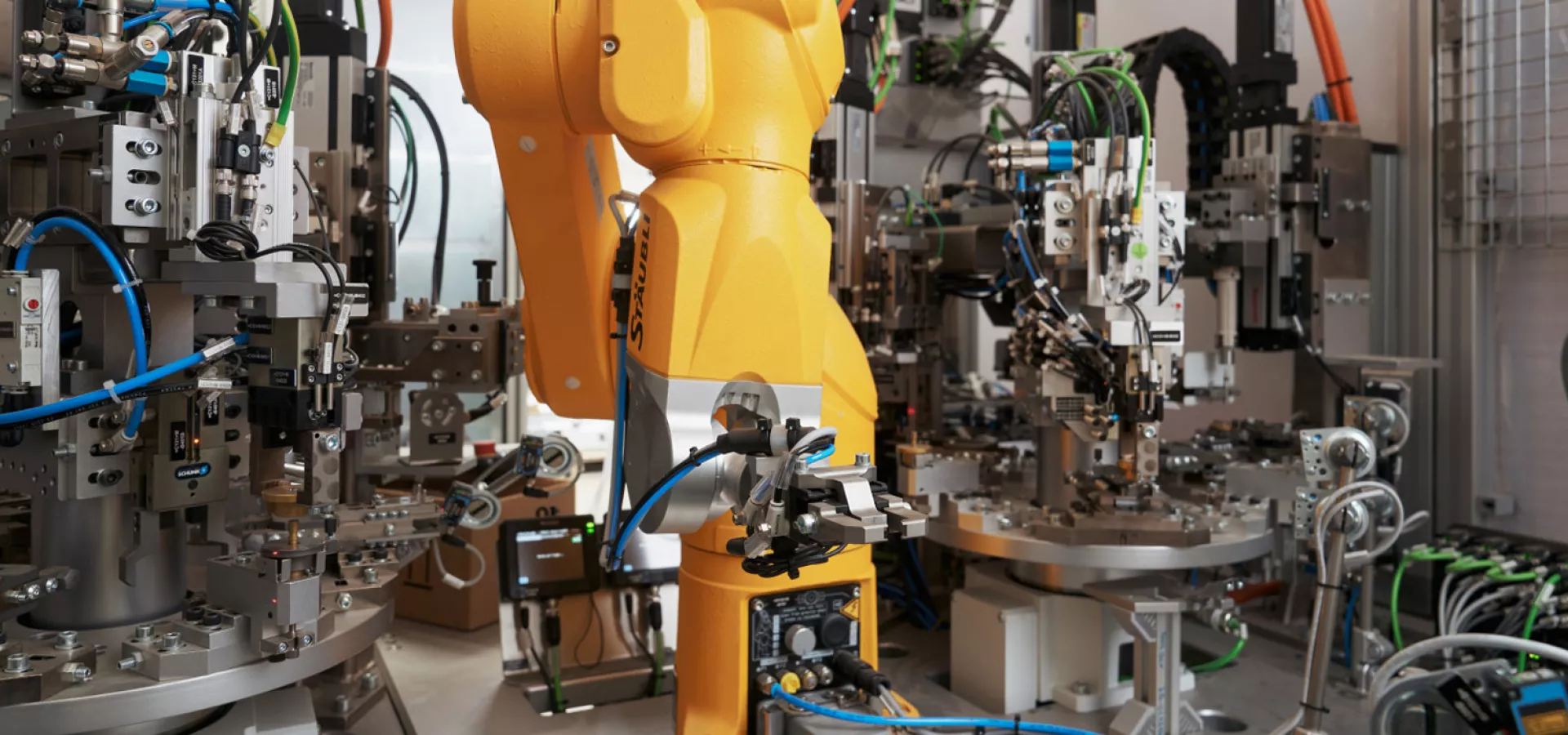
Wire bonding - a thermocompression process for electronic components
The thermocompression process or thermocompression welding is a fusion welding process that is used in particular for the permanent joining of sensitive electronic components such as wire bonding. Alternative welding processes, which also allow two components to be permanently joined together, are often out of the question in this area for various reasons. One example is the laser welding process, which generally generates such high temperatures that electronic components such as chips can suffer damage in the process. Thermocompression welding is different: In principle, it is similar to arc stud welding because it is also a pressure welding process. In thermocompression welding, however, the contact points on the components themselves are not melted; instead, a wire is used, especially for electronic components. This is also where the specific name of the sub-task "wire bonding" comes from. How exactly the process works and which advantages and difficulties have to be taken into account is explained below.
The functionality of thermo-compression welding in wire bonding
The following explanations refer primarily to thermocompression welding, which is used in the manufacture of electronic components. This is also referred to as wire bonding, which primarily refers to the process in which chips are contacted with the respective housing. To do this, a fine gold wire is first fed through a so-called capillary nozzle and heated from below via a controlled heat source. The heating causes the wire to melt into a ball, which is then pressed onto the contact point during the first weld. This contact point is also referred to as the bond island. In order to be able to make a connection with a further bond island or contact point, the capillary nozzle is guided upwards again and brought in a semicircle to the next contact point. There, the wire is pressed down again and then cut off. Only fine gold wire is used for thermocompression welding in connection with electronic components or wire bonding. This is processed at temperatures of around 350°C. The advantage of gold wire is that it is resistant to oxidation processes and is therefore suitable for the production of electronic components. Theoretically, it would also be possible to use other materials, but this would only be possible with great technical effort, which usually cannot be justified from a cost perspective.
Advantages and disadvantages of wire bonding as a variant of thermocompression welding
When manufacturing electronic components using thermocompression welding, there are a number of advantages and disadvantages compared to other processes and methods. Compared to laser welding, thermocompression welding or wire bonding has the disadvantage of material and tool wear. On the other hand, the lower working temperatures generated or required by thermocompression welding are more beneficial to the often sensitive components. Other advantages besides the low heat input include the short heating times and the fact that the parts joined via thermocompression welding do not suffer any deformation. The strength and durability of the joint is also a positive feature of this process.



